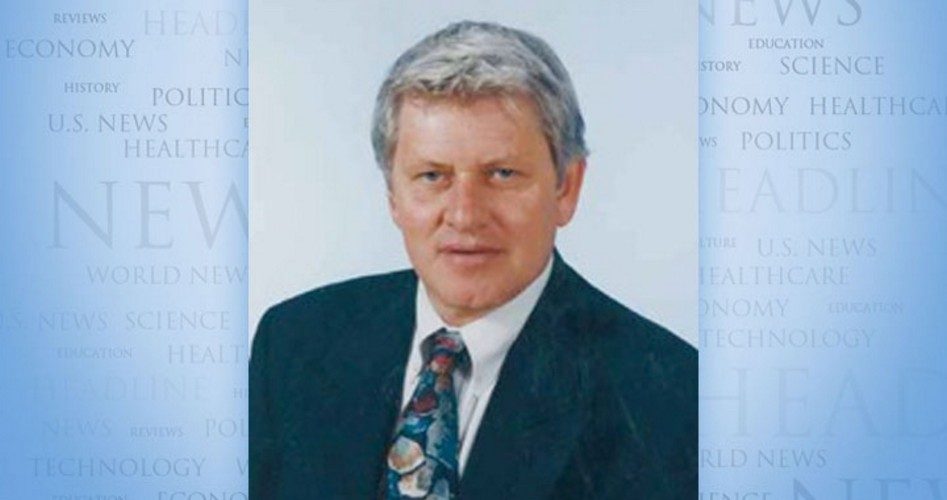
Running for re-election last year, President Obama repeatedly proclaimed that he had inherited “the worst economic crisis since the Great Depression.” Perhaps the never-ending repetition of that phrase was supposed to justify the slowest economic recovery since World War II during his first four years.
Candidate Obama was saying the blame for lousy job growth under his leadership belonged on what he inherited rather than his own anti-growth agenda of higher taxes and expanded regulation.
In any case, if we use the misery index as an economic indicator to measure “the worst” economy, the economy Obama inherited in 2009 wasn’t even half as bad as the economy Ronald Reagan inherited in 1981.
The misery index, designed to show how much the population is being negatively affected by price hikes and joblessness, is calculated by simply adding the inflation rate to the unemployment rate.
When Reagan was first inaugurated on Jan. 20, 1981, the misery index was 19.3, consisting of an unemployment rate of 7.5 percent and an inflation rate of 11.8 percent.
When Obama was first inaugurated on Jan. 20, 2009, the misery index that month was 7.6, with an unemployment rate of 7.6 percent and a zero inflation rate. Reagan, additionally, entered office at a time of falling household incomes, rising poverty rates, a collapsing stock market and double-digit interest rates, with the prime rate hitting 21.5 percent in 1980.
Reagan’s prescription for recovery focused on an anti-inflationary monetary policy and tax-cut incentives to boost output by both individuals and companies. The strategy was simple — and successful. Across-the-board tax-rate cuts would enable a higher proportion of production to stay with those who produced it, encouraging more production and more supply, a result that would have the effect of simultaneously lowering inflation and expanding employment.
The result of Reaganomics? “Inflation was quickly whipped, cut in half by 1982, and in half again by 1983,” reported Peter Ferrara, a Forbes magazine contributor covering economics and public policy.
And the impact on jobs and growth? The economy “took off on a 25-year economic boom from 1982 to 2007,” reported Ferrara, citing National Bureau of Economic Research reports. “During the first seven years of that boom alone, the economy grew by almost one-third, the equivalent of adding the entire economy of West Germany, the third largest in the world at the time, to the U.S. economy.”
Arthur B. Laffer, a member of Reagan’s Economic Policy Advisory Board, and Steven Moore, chief financial writer and senior economics contributor at The Wall Street Journal, summarized Reagan’s economic record in their 2008 book, The End of Prosperity: “We call this period, 1982-2007, the 25-year boom — the greatest period of wealth creation in the history of the planet. In 1980, the net worth — assets minus liabilities — of all U.S. households and businesses … was $25 trillion in today’s dollars. By 2007 … net worth was just shy of $57 trillion. Adjusting for inflation, more wealth was created in America in the 25-year boom than in the previous 200 years.”
All told, revived and sustained economic growth created 17 million new jobs from 1980 to 1989 and another 26 million in the 1990s. President Obama’s response? He says we tried Reaganomics and it didn’t work.
Ralph R. Reiland is an associate professor of economics and the B. Kenneth Simon professor of free enterprise at Robert Morris University in Pittsburgh.


